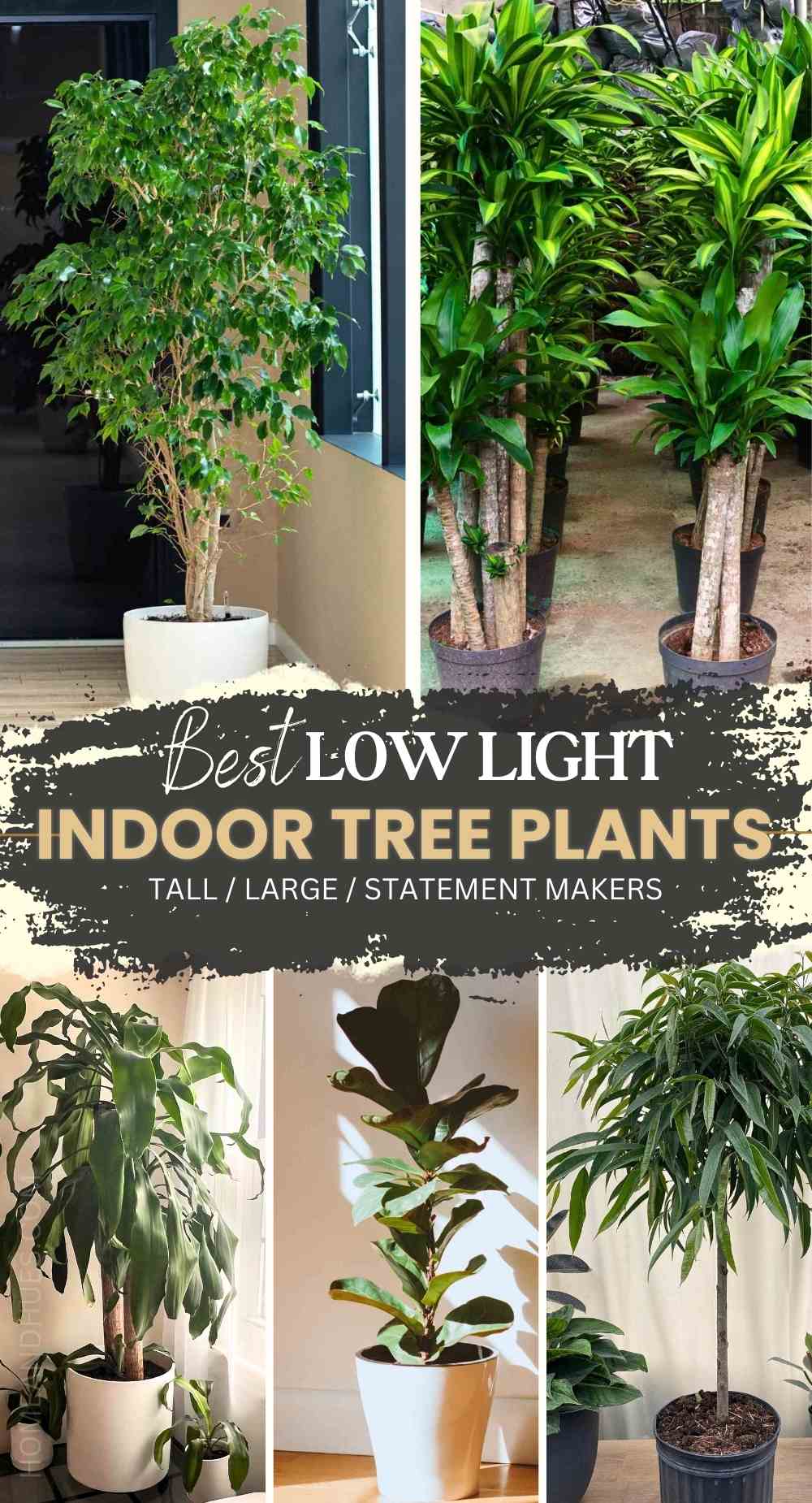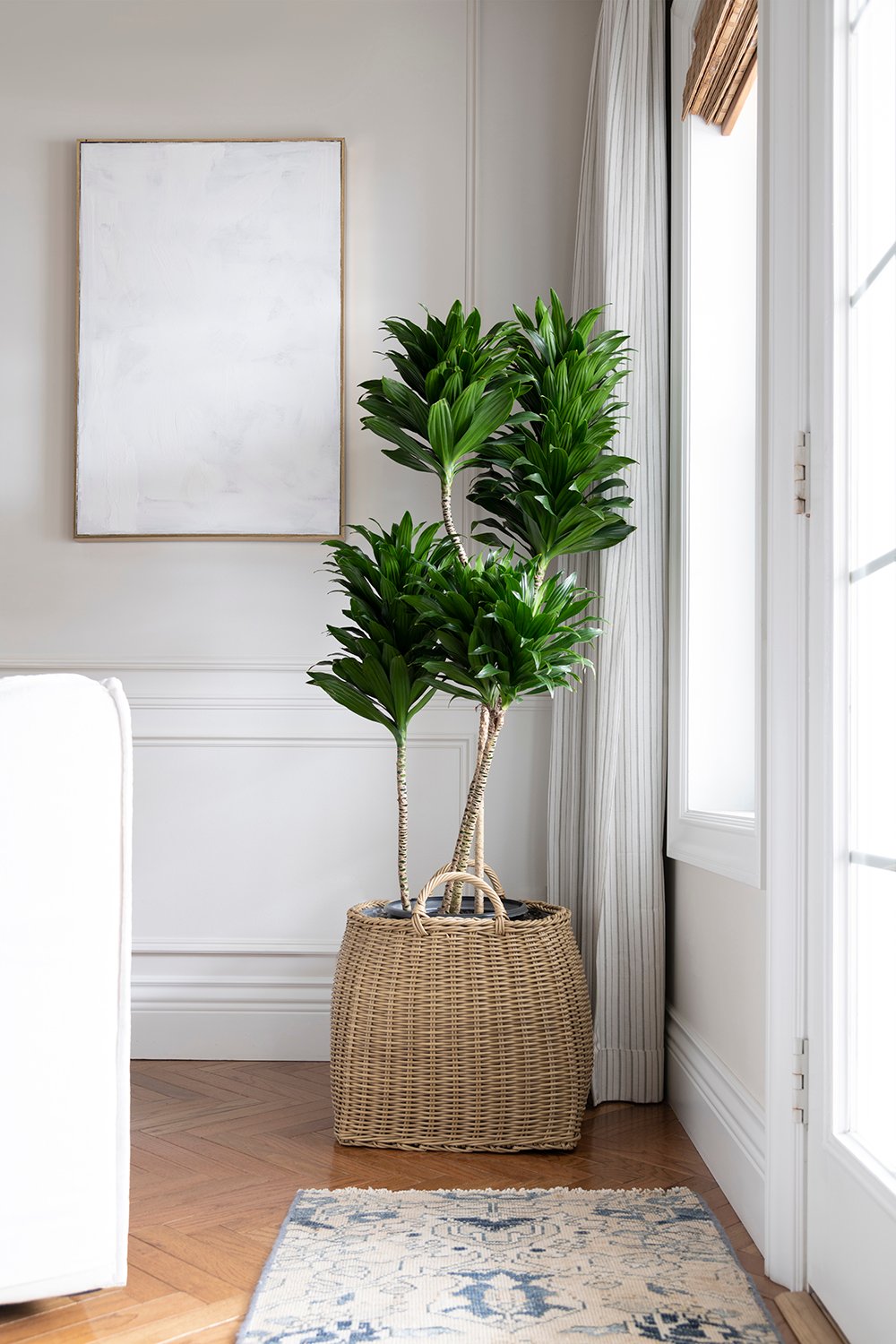How to Care for the Best Low-Light Indoor Plants in Any Environment
How to Care for the Best Low-Light Indoor Plants in Any Environment
Blog Article
Discover the Tricks of Low-Light Indoor Plants and Just How They Enhance Your Setting
Low-light interior plants have gathered increasing interest for their distinct capacity to enhance both visual appeal and ecological quality within work environments and homes. These resilient varieties, consisting of the Serpent Plant and Tranquility Lily, not just thrive in difficult lighting problems however additionally play a pivotal duty in air filtration and psychological wellness.
Advantages of Low-Light Indoor Plants
Although many individuals think that indoor plants call for bountiful sunlight to prosper, low-light interior plants use a wide range of advantages that make them ideal for different environments. Among the main benefits is their adaptability; they can thrive in rooms with restricted all-natural light, such as offices, basements, or spaces with tiny windows. This attribute permits people to boost their environments with greenery, contributing to enhanced aesthetic appeals without the demand for extensive lighting modifications.
Additionally, low-light interior plants can significantly improve interior air quality by launching and filtering system hazardous toxic substances oxygen, making living rooms healthier. Research has shown that specific ranges can absorb toxins, hence advertising a cleaner ambience. Additionally, they can enhance psychological health by reducing stress and anxiety and boosting performance. The presence of plants has actually been connected to higher sensations of peace and emphasis.
Additionally, low-light plants commonly require much less maintenance than their sun-loving equivalents, making them ideal for active people or those brand-new to horticulture. Their resilience permits them to love minimal intervention, therefore supplying a satisfying experience for plant enthusiasts and beginners alike. In summary, low-light indoor plants offer both useful and visual objectives, making them useful enhancements to any kind of space.
Leading Low-Light Plant Varieties
Low-light indoor plants can be found in a selection of types, each offering distinct features and advantages suited for dark environments. Among the most prominent selections is the Snake Plant (Sansevieria), known for its air-purifying abilities and architectural fallen leaves. This resilient plant prospers on neglect and can endure a large variety of light conditions.
An additional outstanding option is the ZZ Plant (Zamioculcas zamiifolia), which includes shiny, dark environment-friendly leaves and is highly drought-tolerant. Its versatility makes it a preferred for workplaces and homes with minimal sunshine.
The Pothos (Epipremnum aureum) is additionally a leading contender, with its tracking vines and heart-shaped fallen leaves - Best low-light indoor plants. This functional plant can be trained to climb or cascade, including visual rate of interest to any space

Treatment Tips for Low-Light Plants
Taking care of low-light indoor plants needs a nuanced understanding of their details needs to guarantee ideal development and vigor. Initially, it is crucial to select the appropriate potting mix, as a well-draining soil is essential to stop origin rot. A blend made for houseplants, often consisting of peat moss and perlite, functions well for the majority of low-light ranges.
Watering is one more key facet of treatment. Low-light plants typically require much less frequent watering compared to their sun-loving equivalents.
Fertilizing ought to be approached with care. During the growing period, a diluted liquid fertilizer can be used monthly, yet in winter season months, lots of low-light plants get in dormancy and need little to no fertilizing.
Lastly, it is necessary to occasionally clean up the fallen great site leaves to remove dust, enabling for far better light absorption. By sticking to these care pointers, you can grow a flourishing atmosphere for your low-light indoor plants, improving both their appearance and longevity.
Enhancing Air Quality With Plants
Indoor plants play a considerable function in improving air high quality within homes and workplace. Through the process of photosynthesis, these plants absorb carbon dioxide and release oxygen, contributing to a healthier atmosphere. Additionally, certain low-light interior plants have the capacity to filter harmful pollutants, such as formaldehyde, benzene, and trichloroethylene, which are typically found in interior settings.

In addition, the visibility of indoor plants can enhance moisture degrees, which aids alleviate completely dry skin and respiratory system concerns, additionally improving overall health. This capability to improve air quality not only advertises physical health however additionally supports mental health.
Incorporating low-light indoor plants into your living and functioning spaces can cause an extra stimulating and vivid environment (Best low-light indoor plants). Buying these all-natural air cleansers is an easy yet reliable strategy for improving interior air quality and promoting a healthier way Full Report of living
Creating a Calm Indoor Area
The integration of plants right into living spaces not just boosts air high quality however likewise contributes to a relaxing atmosphere. Low-light indoor plants, such as snake plants and pothos, are specifically effective in producing a tranquil atmosphere, as they prosper in problems that might otherwise be unwelcoming for various other plant. Their lush foliage supplies a relaxing visual, decreasing anxiety and promoting leisure.
Incorporating these plants right into your home or office can evoke a sense of tranquility and well-being. Tactically putting them in areas where you spend significant time, such as living rooms or offices, enables an immersive experience with nature, which has been revealed to boost mood and cognitive function.
Furthermore, the gentle activity of fallen leaves in reaction to airflow can create a vibrant visual element that boosts the total setting. Think about utilizing a range of plant elevations and appearances to include depth and rate of interest to your area. With thoughtful placement and treatment, low-light interior plants can change any type of area right into a calm haven, promoting not just aesthetic fulfillment however mental and also psychological health.

Conclusion
Including low-light indoor plants right into different environments yields significant advantages, including boosted air high quality and improved visual charm. These sturdy types not just flourish in marginal light but likewise add to a calming environment, advertising emotional and mental health. By picking appropriate ranges and implementing proper care techniques, individuals can efficiently grow a serene indoor area that promotes health and productivity. The transformative power of low-light plants highlights their worth in enhancing both job-related and property setups.
Although lots of people think that interior plants require bountiful sunlight to thrive, low-light interior plants offer a plethora of advantages that make them perfect for various settings.Additionally, low-light indoor plants can significantly improve interior air top quality by Home Page launching and filtering system damaging toxins oxygen, making living spaces healthier. Additionally, particular low-light indoor plants possess the capacity to filter unsafe toxins, such as formaldehyde, trichloroethylene, and benzene, which are commonly located in indoor environments.
Low-light interior plants, such as snake plants and pothos, are particularly efficient in producing a serene atmosphere, as they thrive in problems that may or else be unwelcoming for other greenery.Incorporating low-light indoor plants into different settings returns substantial advantages, consisting of boosted air quality and boosted visual charm.
Report this page